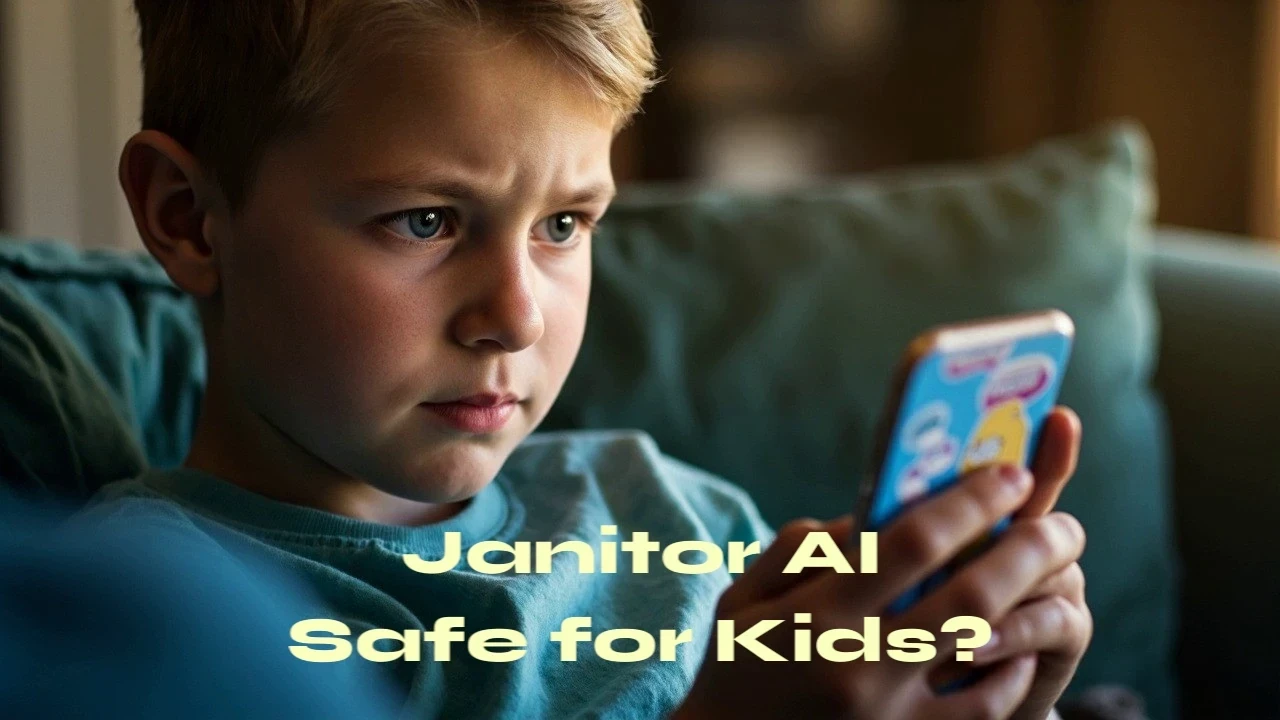
Bubble Tea, Matcha, and Zero Drinks: Trends Among Teens and What Parents Should Know
In recent years, a surge in the popularity of unique beverages like bubble tea, matcha, and zero drinks has swept through teenage communities worldwide. These drinks are not merely beverages but have become cultural symbols shaping teenage social interactions and preferences. This article delves into the reasons behind these trends, explores each drink’s origins and appeal, assesses their impact on health, and provides parents with essential insights and parenting tips to navigate their children’s evolving tastes.
Why Have New Drinks Become Popular Among Teenagers?
The landscape of teenage consumption is ever-evolving, with new trends emerging rapidly. The popularity of bubble tea, matcha, and zero drinks among teens is a reflection of changing cultural dynamics, influenced by globalization, social media, and a growing emphasis on health and individuality. These beverages offer unique flavors, aesthetic appeal, and a sense of identity, allowing teenagers to express themselves and connect with peers. Additionally, the rise of influencer culture on platforms like Instagram and TikTok has played a significant role in propelling these drinks into the spotlight, making them desirable choices for social gatherings and personal enjoyment.
What is Bubble Tea?
Bubble tea, also known as boba tea, originated in Taiwan in the 1980s. It typically consists of a tea base mixed with milk or fruit flavors, sweetened with syrup or honey, and topped with chewy tapioca pearls. Over the years, bubble tea has evolved, offering a variety of compositions such as fruit teas, milk teas, and innovative options like cheese tea.
The most popular types include:
- Classic Milk Tea: A rich blend of black tea, milk, and tapioca pearls.
- Taro Bubble Tea: Made with taro root, giving it a distinctive purple hue and a sweet, nutty flavor.
- Fruit Tea: Infused with fresh fruit flavors like mango, strawberry, or lychee, often adorned with fruit jellies or popping boba for added texture.
Bubble tea's customizable nature allows teenagers to personalize their drinks, enhancing its appeal and reinforcing its status as a social beverage.
What is Matcha?
Matcha is a finely ground powder of specially grown and processed green tea leaves, traditionally used in Japanese tea ceremonies. It is celebrated for its vibrant green color, rich flavor, and numerous health benefits. The consumption of matcha has expanded beyond traditional settings, with products like matcha latte and matcha slim gaining popularity among teens.
Benefits of Matcha:
- Antioxidant-Rich: High levels of catechins, particularly EGCG, which may help in preventing cell damage.
- Enhanced Focus and Calmness: Contains L-theanine, promoting relaxation without drowsiness.
- Boosted Metabolism: May aid in weight management by increasing thermogenesis.
Teenagers are drawn to matcha for its health benefits, trendy image, and versatility in various beverages and desserts.
What are Zero Drinks?
Zero drinks refer to beverages that contain zero calories, sugar, or artificial additives. This category includes options like zero-sugar sodas, flavored sparkling water, and alcohol-free cocktails. Originating from the growing demand for healthier alternatives, zero drinks cater to health-conscious consumers seeking to reduce their sugar intake without sacrificing taste.
Composition:
- Sweeteners: Often use artificial or natural non-caloric sweeteners like stevia or aspartame.
- Flavorings: Infused with natural flavors such as citrus, berry, or herbal notes.
- Carbonation: Many zero drinks are carbonated, providing a refreshing and fizzy texture.
Psychology of Choice: Teenagers opting for zero drinks are often motivated by health considerations, weight management, and a desire to align with contemporary wellness trends.
Why Do Teenagers Choose Them?
The preference for bubble tea, matcha, and zero drinks among teenagers is multifaceted. These trends foster a sense of community and shared identity, enhancing social skills and peer connections. The uniqueness and variety of these beverages provide a conversational topic and a means of self-expression. Moreover, the emphasis on health and wellness resonates with the younger generation's increasing awareness of lifestyle choices. The aesthetic appeal of these drinks, often showcased on social media, also plays a crucial role in their popularity, making them symbols of modern teenage culture.
Are These Drinks Useful or Harmful?
The impact of these trendy beverages varies:
- Bubble Tea: While delicious, bubble tea can be high in sugar and calories, potentially contributing to weight gain and dental issues if consumed excessively. However, healthier versions with reduced sugar and alternative toppings are emerging.
- Matcha: Generally beneficial due to its high antioxidant content and potential health advantages. However, excessive consumption can lead to caffeine-related side effects such as insomnia or jitteriness.
- Zero Drinks: Offer a low-calorie alternative to sugary beverages, which can aid in weight management. Nonetheless, concerns exist regarding the long-term effects of artificial sweeteners on health, and some zero drinks may contain additives that are less desirable.
What Should Parents Know?
Navigating teenagers' evolving preferences requires understanding and balanced guidance. Here are key considerations and parental control strategies:
1. Open Communication: Engage in conversations about their drink choices, understanding their motivations and preferences without judgment.
2. Educate on Health: Provide information on the nutritional aspects of their favorite beverages, emphasizing moderation and the importance of balanced nutrition.
3. Set Boundaries: Establish reasonable limits on the consumption of high-sugar or caffeinated drinks to prevent potential health issues.
4. Encourage Balance: Promote a balanced approach where trendy drinks are enjoyed occasionally alongside healthier options like water and natural juices.
5. Lead by Example: Model healthy drinking habits, demonstrating responsible choices that teenagers can emulate.
6. Support Their Choices: Rather than prohibiting, support their preferences by finding healthier alternatives that align with their tastes, fostering trust and mutual respect.
Parental Control Options:
- Monitoring Consumption: Keep track of the types and frequency of their beverage intake.
- Providing Alternatives: Stock healthier drink options at home to offer viable substitutes.
- Involvement in Selection: Involve teenagers in choosing nutritious options, empowering them to make informed decisions.
Conclusion
The trends of bubble tea, matcha, and zero drinks among teenagers reflect broader cultural shifts towards personalization, health consciousness, and social connectivity. While these beverages offer unique benefits and opportunities for self-expression, they also present potential health challenges that parents should be aware of. By fostering open communication, educating about nutritional aspects, and setting balanced boundaries, parents can support their teenagers in making informed and healthy choices. Embracing these trends with mindful guidance ensures that the enjoyment of these popular drinks contributes positively to teens' social skills and overall well-being.
Recent articles
Info-Scamming in Online Courses: How to Choose Quality Education
In the digital age, online education has become a cornerstone for learning, especially for children. However, alongside the growth of legitimate online classes and courses, there has been a surge in information scamming (info-scamming) targeting parents and students. Understanding the intricacies of info-scamming in online education is crucial to ensure children receive quality education while staying safe from internet scams.
Is Janitor AI Safe for Kids? A Parent's Guide
In today's digital age, artificial intelligence (AI) has permeated various aspects of our lives, including tools and applications designed for children. One such tool that has quickly gained popularity among countless young people is Janitor AI, an AI-powered chatbot. As parents, understanding the safety and impact of such technologies on children is crucial. This guide delves into what Janitor AI is, how it works, its safety for kids, and offers practical tips for parents to ensure a secure and positive experience for their children.

